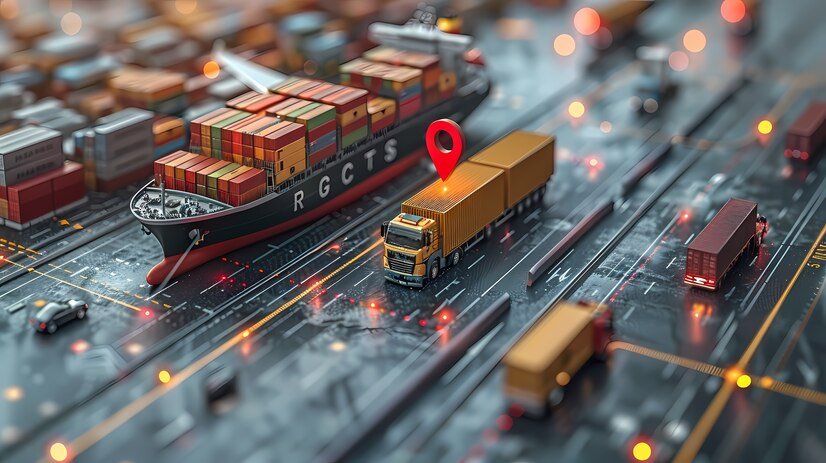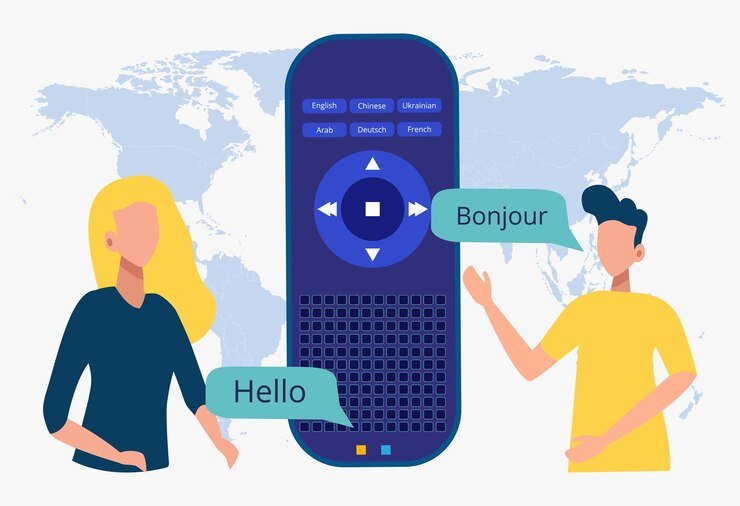Transportation and Logistics: How are AI Technologies Being Used?
Today’s transportation and logistics industry is characterized by complex supply chains and high demands for speed of delivery. Consumers around the world want their goods here and now. It’s great that modern technology is here to help! Artificial intelligence (AI), in particular, is always ready to help. This technology is truly a game changer, revolutionizing the way we transport, store and deliver goods. Let’s find out more about AI in transportation and logistics.
Simplified route planning
One of the best applications of AI in logistics is route optimization. AI algorithms are able to quickly analyze huge amounts of data, including
- Traffic patterns;
- Weather conditions;
- road construction;
- even real-time accidents.
Based on this data, AI calculates the most efficient routes. The ones that use less fuel. Route optimization also minimizes delivery time, helps save money, and increases customer satisfaction.
Predictive maintenance
Unexpected vehicle breakdowns always mean delays in logistics operations. But with the help of artificial intelligence, you can reduce the risk of such incidents.
It works very simply. By analyzing data from sensors installed on vehicles, AI systems can predict when a component is likely to fail and schedule maintenance before it happens.
Inventory Management
And, of course, accurate demand forecasting. Again, AI algorithms help by analyzing multiple factors at once: historical sales data, market trends, and seasonal variations to predict future demand.
As a result, you can always maintain the optimal level of goods in the warehouse, avoiding both out-of-stocks and overstocks.
This is interesting: Amazon and Walmart have already incorporated artificial intelligence into their inventory management systems. Why not learn from their experience?
Improve warehouse operations
Here we are talking about the highest level of AI implementation — robotics. AI robots can replace humans in certain aspects. In particular, they can pack goods and sort them accurately and quickly. This reduces the need for human labor, which is good news.
AI-integrated systems can also optimize warehouse layout based on product demand, providing easy access to high-frequency products, speeding up the picking process, and reducing labor costs.
Happy customers
All modern businesses are concerned with the customer experience, right? As Lionwood notes, AI is at the forefront in this regard as well. It plays a crucial role in improving the customer experience by providing real-time delivery tracking and updates. Customers receive information about the status of their shipments at every stage, increasing transparency and trust.
That’s all you need to know about AI in the transportation and logistics industry. The technology will continue to evolve rapidly and become even more integrated into the way businesses operate. So be sure to follow the news in this area so you don’t miss anything interesting.






